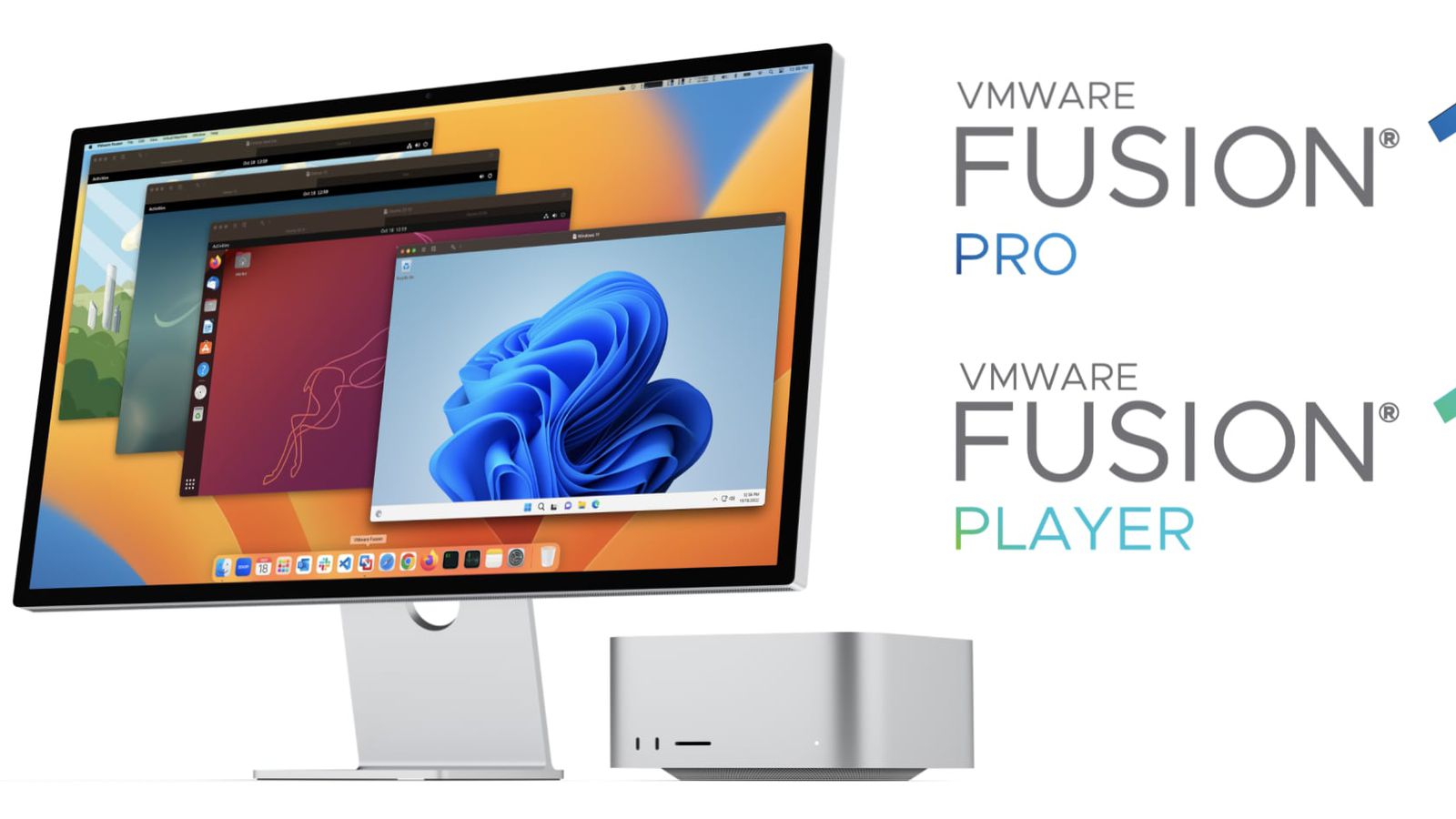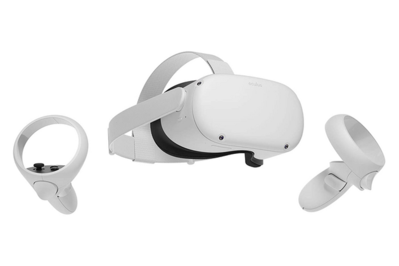 Choosing the Right Type of Screen
Choosing the Right Type of Screen
A projector screen is a good piece of equipment to have if you want to enhance your home theater experience. It may not be the best option available for you, but it is definitely a good thing to have.
Different projection screens have different usages, one needs to be informed about the technology of each kind.
Here are some common projector screens: white and gray screens, reflective screens, and whiteboards. You will find some of the usual characteristics of these screens in this article. This should help you decide on what is best for you. It is indeed a common practice of people to project images on blank walls, but the result is often of poor quality.
How I Became An Expert on Screens
Specifications come with your projector screen as with any other equipment. Their applicability depends on the nature of the use of the projector and screen.
5 Takeaways That I Learned About Products
Contrast measurement is one of the most common characteristic of projector screens. The most effective and most flexible type of screen to use for theater environments and multi-purpose projection would be a high-contrast screen. With high-contrast screens, it is easier to see and distinguish the darker colors that are being projected. Lighter colors become clearer as well which enables the viewer to see sharper images. Blurring as a result of pixelation is also eliminated.
Screens that are low-contrast can be used for still images where the transition of images is not fast or sudden, but remains in view for a long time. Images can be displayed properly and clearly this way. It is good to note that this type of projector screens can sharply reflect images on static display without encountering contrast distortions.
Another common type of projector screen is the whiteboard. Whiteboard technology has experienced some breakthroughs that now they are being manufactured with a view to functioning as proper projector screens. Some computer-based presentations can now be controlled by the user through “intelligent” and interactive whiteboards. But whiteboards are still not the best choice for home theater use, but more limited to business presentations and seminars.
You might not think too highly about it but paint is a good projector screen surface. Paint has its obvious advantages, though not everyone might find it exciting. You don’t have to worry about paint ever ripping or tearing apart. With the use of a highly reflective type of paint, the projection screen can be painted on a wall. However, the walls must have a white base paint in order for this to work. Dark colored walls are more difficult to cover over, so this might not work on dark colored walls.
Paint is becoming the alternative choice over other types of projector screens because of its versatility and ease of use.








